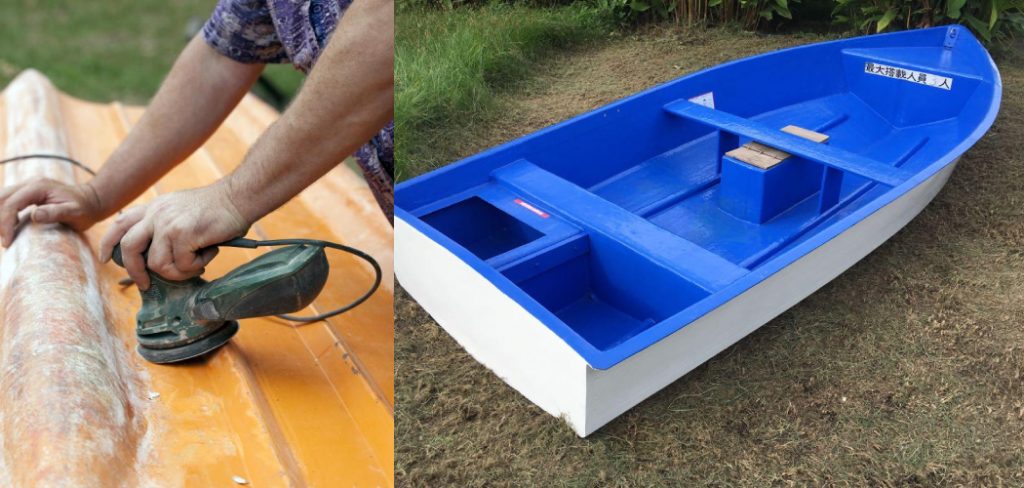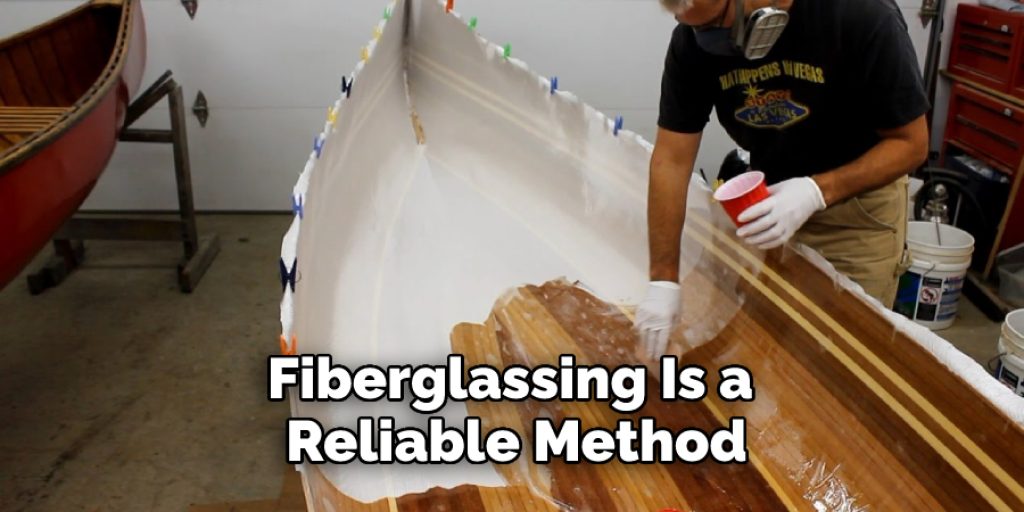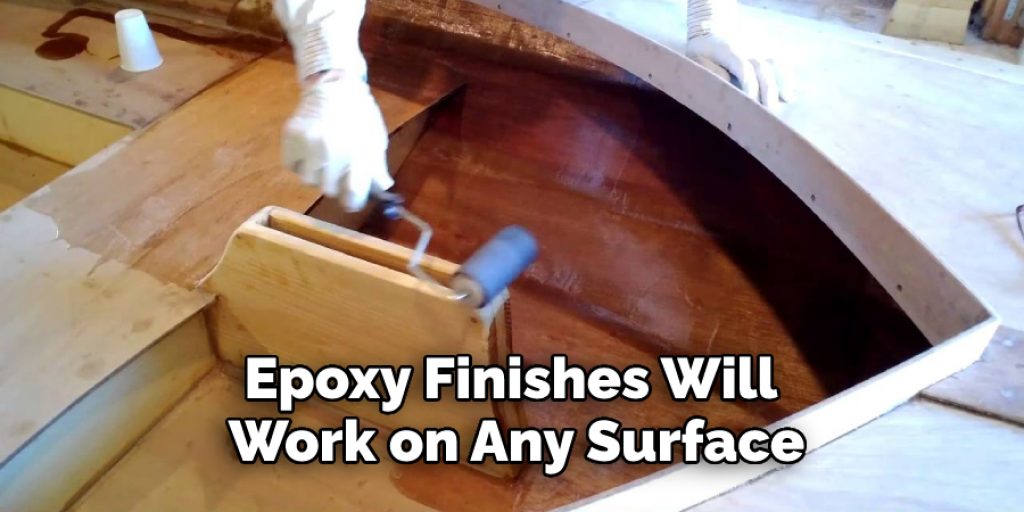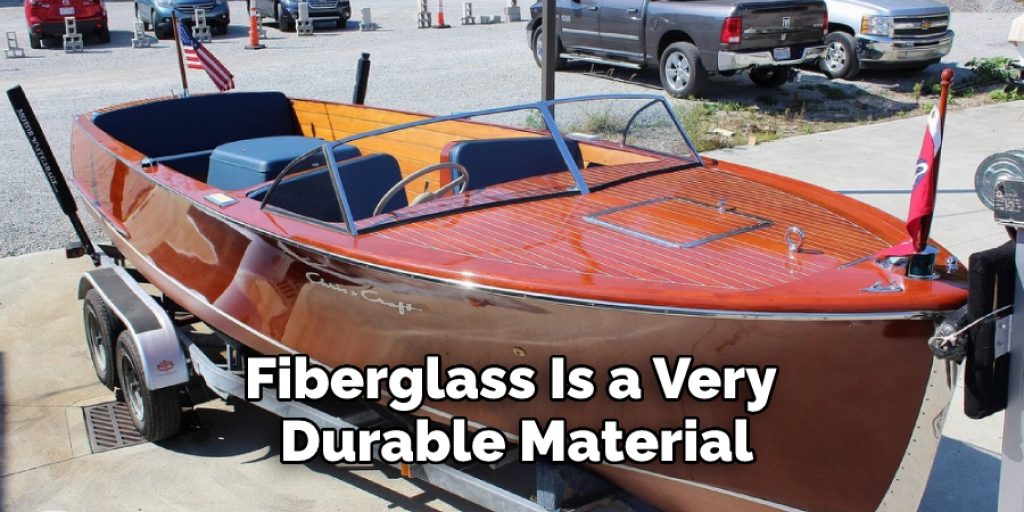How to Repair Rotted Wood in a Fiberglass Boat
Fiberglass boats are easy to maintain, but there are some instances where you’ll need to repair or replace wood. This can be an expensive and time-consuming project that’s best left for professionals. Still, luckily many boatyards offer fiberglass replacement kits for DIYers who want to tackle this task on their own. In this blog post, we will cover how to repair rotted wood in a fiberglass boat.
Before starting your repair work, make sure you have all of the supplies on hand, like resin (to mix with Gelcoat) and cloths (to wipe excess resin off). You’ll also need a paintbrush or roller to apply the gel coat to the repaired area. If needed, use a vacuum cleaner before starting any repairs to remove dirt particles from cracks in fiberglass hulls.

10 Ways on How to Repair Rotted Wood in a Fiberglass Boat:
1. Compounding:
This is a 2-part epoxy and requires at least 24 hours to cure. It’s helpful if the wood was sealed before it rotted, but even un-sealed wood will usually not absorb water after using this product. Most places charge about per quart, but it can be purchased in bulk for mere pennies a quart.
2. Replacement:
Cut out the rotted area and replace it with a new piece of wood, fiberglass over the lines as normal, then bond the new piece to the old by using epoxy or polyester resin mixed with an appropriate hardener or thickener.
3. Scrapers:
Cut the wood away to the solid surface and add a veneer of mahogany or teak, then fasten it with screws. This is not preferred because it is difficult to get a smooth finish when dealing with rounded surfaces such as cockpit stools or inside lockers.
4. Fiberglass:
Bond the wood with fiberglass and epoxy, then sand smooth and refinish if needed. Although a difficult task, fiberglassing is a reliable method of repairing rotted wood in a fiberglass boat. Fiberglass will prevent future rotting and is a superior method to veneering or varnishing.

5. Bondo:
Use a two-part epoxy mixed with an appropriate hardener or thickener, apply it to the rotted area, sand smooth and refinish if necessary. This is a good solution for small areas that are easier to sand than fiberglass.
6. Paint:
Use a high-quality marine paint, preferably recommended by the boat manufacturer, but make sure it is designed for epoxy or polyester. This method can be used on new wood that was not sealed correctly before installation, but remembers the boats are only guaranteed against defects in the gel coat, not the wood.
7. Varnish:
Varathane and other varnishes do not adhere well to epoxy or polyester, and they peel off. However, if the wood was appropriately sealed before it rotted, the varnish will eventually re-hard as it dries and is almost as strong as new. But make sure it was sealed before it rotted.
8. Blistering:
Blisters are usually on the surface of the wood; watch for this during your inspection. It often appears as a lump near a seam or stanchion base on fiberglass boats. Fill with epoxy and sand smooth. On wood boats, it may be harder to detect. If the blisters are large enough, you can remove them by sanding or cutting them out before filling them with epoxy and sanding smooth.

9. Epoxy finishes:
This finish will work on any surface, including wood, fiberglass, and metal. It is attractive, requires no maintenance or special tools to maintain, and can be applied by a skilled do-it-yourselfer. Work time after spreading the epoxy is about one hour before it begins to set up, allowing thirty minutes for final sanding.
10. Rotting:
This is typically found underneath the deck or in other areas that are difficult to see, so be sure to inspect closely during your boat inspection. Typical places include chainplates, stanchions, and inside lockers. Also, look for discoloration in the fiberglass or wood, usually dry when inspected. Also, look closely at the seams; if they are separating, there is good chance water has gotten in somewhere.
Some Tips and Suggestions:
- When mixing, use a paper cup and mix only small batches at a time. Then, measure according to the instructions on the can.
- If possible, perform this project on a warm/hot day so that the epoxy has less time to cure (it will heal faster when it is warm, so be careful).
- Make sure to take safety precautions as necessary.
- You should have a second person help you, who can read from the instructions and verify your success/mistakes as you go along.
- Do not mix more products than you can use in a relatively short amount of time (one hour or less).
- Wear rubber gloves while applying that isopropyl alcohol to all surfaces/pieces of wood. This will help prevent it from sticking and make your job easier.
- Wipe it clean with the alcohol, allow it to dry, and then sand down any rough edges.
- With a piece of wood smaller than your work area, practice gluing it together before you begin the actual project to make sure you can do it properly/safely.
Can You Fiberglass Over Rotted Wood?

Fiberglass is a very durable material, and it’s straightforward to repair. But there are times when you have to replace the entire area of fiberglass with fresh new resin and glass cloth. This usually applies to repairs where there’s extensive rot on the wood.
There are some rather permanent fixes for small sections of rotten wood; you can do things like glass over cracked gel coat, or drill out the rot and fill it with thickened epoxy, or even fill it with a thickened epoxy mixed with sawdust. Still, these fixes are only suitable for small sections.
Fortunately, it’s easy to create a nice-looking patched area by using layers of fiberglass and resin until you have replaced the rotten wood completely.
Conclusion:
It is essential to repair rot in fiberglass boats before it spreads and causes more damage. The sooner you act, the less likely your boat will need extensive repairs. You can now fix your boat with the help of fiberglass. Fiberglass is very durable and will not rot like wood or corrode like metal, so it’s an excellent option for repairing any holes in a boat.
We hope this blog post on how to repair rotted wood in a fiberglass boat has been helpful. Please let us know if you have any questions about repairing rotted wood in a fiberglass boat or what to do next for your specific situation.




